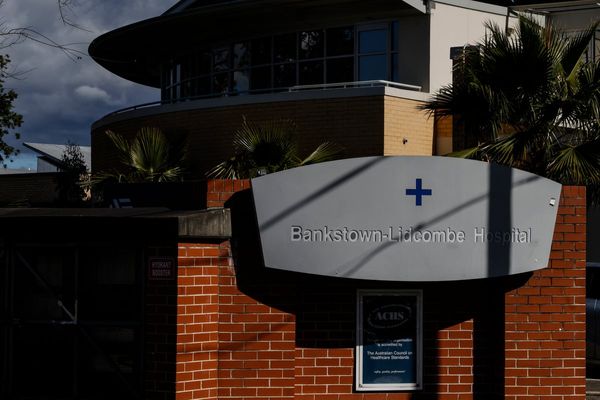
If there is one chore that every car-owning motorist despises, it surely is refueling at a gas station.
Refueling is tedious, but the process is somewhat straightforward unless you live in New Jersey, where self-service fueling is illegal. You pull up to the gas pump and open the gas door.
Then you dip or tap your credit or debit card in the pump, unscrew the gas cap from your car, take out the gas pump nozzle, select the grade of gasoline you want to dispense, and then squeeze the nozzle handle to let out as much gas as your car's tank or your wallet can handle.
🚨Don’t miss this amazing Cyber Week Move! Get 60% off TheStreet Pro. Act now before it’s gone.😲
Though it may look like it's as simple as charging your phone, charging non-Tesla EVs at public charging stations is not so easy.
Even before electricity is transferred from a plug to their EV, owners must download and sign up for accounts through half a dozen apps for charging providers such as EVgo, Electrify America, or Shell to charge at their respective stations.
Even if you manage to overcome those hurdles, there is no guarantee that each charging session will be successful.
However, things are about to change.

According to a new press release from the Biden Administration's Joint Office of Energy and Transportation, the administration and nonprofit SAE Industries Technology Consortia and a consortium comprised of automakers like Ford, GM, BMW, Rivian, Tesla and Toyota, as well as charging providers like Shell, Chargepoint and Electrify America announced they are working on a common security framework that will allow for what they call "Universal Plug and Charge."
Essentially, this framework is designed to enable drivers to experience a seamless and hassle-free charging experience, so any driver driving any electric vehicle can plug in and charge at any public charging stations without having to download individual apps, or pay with a specific type of payment system.
Previously called the Society of Automotive Engineers, SAE International was instrumental in establishing industry standards for the tools and parts of cars and other modes of mobility we use daily.
Before, charging relied on a fragmented and separate framework, with automakers like Tesla and EV charging providers like Electrify America relying on their own proprietary authentication and authorization solutions.
Here, SAE and its partners are looking to establish what it calls "Certificate Trust List Requirements," a ruleset for standardization that establishes technical and safety standards for automakers, charging companies, and equipment suppliers to follow. Those who meet said standards can apply for approval for their cars and charging networks to be part of Universal Plug and Charge.
“Today’s announcement focuses the industry on interoperability and security, with the SAE EVPKI platform providing the crucial connecting layer,” Joint Office of Energy and Transportation acting Chief Technology Officer Sarah Hipel said in a statement. “This common platform enables innovation while supporting future advances in vehicle-grid integration and vehicle-to-everything communications.”
If rolled out as promised, EV drivers will only have to plug in their cars when they pull up to a public charging station.
More Business of EVs:
- The Kia EV9 is crushing the competition
- Tesla's biggest rival has a huge problem no one is talking about
- Move over Ford, this EV might be the new popular police car
The common network powering the EV charging stations will handle the "handshake" process on the backend and seamlessly process payments for charging. When implemented, they predict that it will help save time at charging stations and also help increase the number of people driving EVs.
“Universal Plug & Charge levels up the electric fueling experience—making it even easier than filling up with gas,” said Gabe Klein, Executive Director of the Joint Office of Energy and Transportation.
“We are rapidly approaching a future where every EV driver can just plug in, charge up, and go; the network will talk to your car and process the payment seamlessly," Klein said. "This is a fundamental step in architecture toward enabling bidirectional charging and true vehicle-to-grid integration, the holy grail for energy and transportation.”
The partners working on this project estimate that an operational solution will begin testing in 2025.
Related: Veteran fund manager sees world of pain coming for stocks







